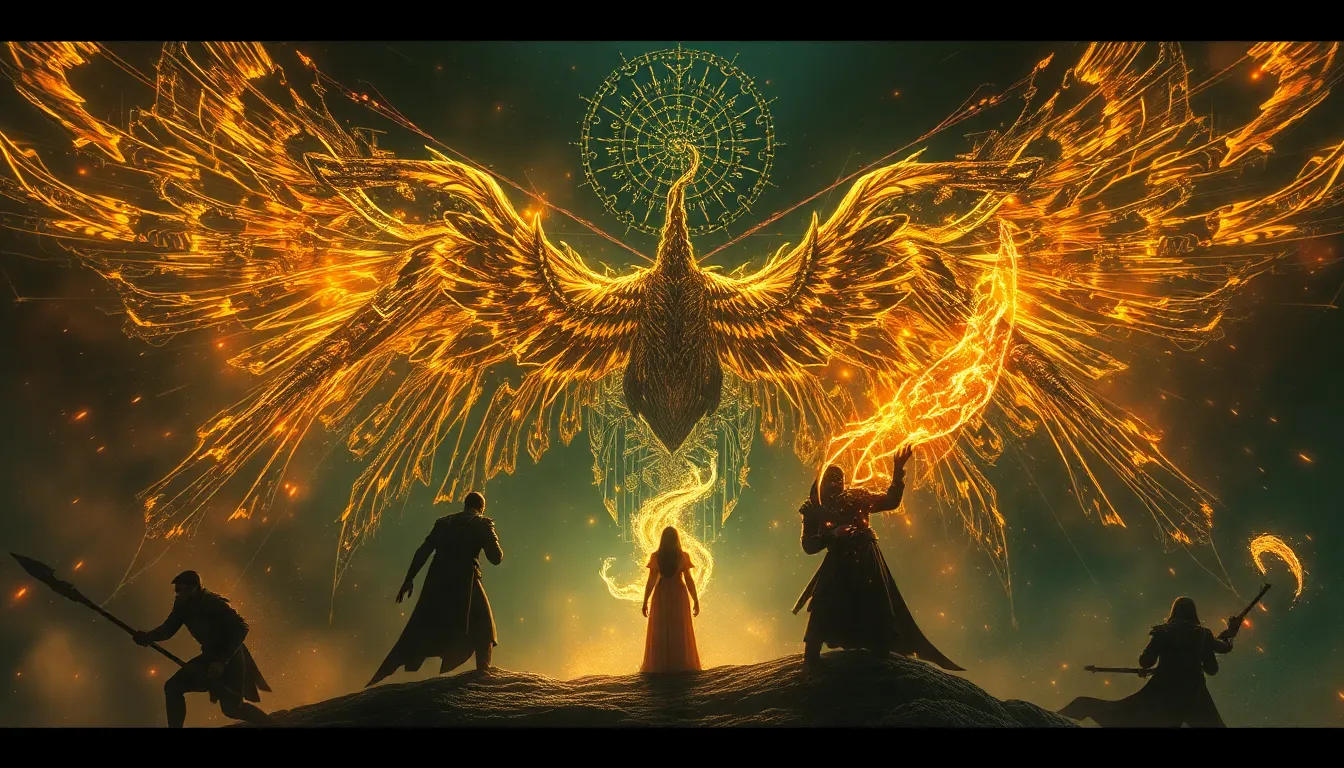The Myth of Asuras and Devas: The Eternal Rivalry
Introduction: The Eternal Rivalry
In the realm of Hindu mythology, the eternal rivalry between Asuras and Devas has captivated hearts and minds for centuries. This epic conflict, deeply rooted in cosmic origins, depicts a battle between darkness and light, good and evil.
Origins of Asuras and Devas: Cosmic Churning and Amrita
The legend of Asuras and Devas begins with the cosmic churning of the ocean by the Devas and Asuras. From this churning emerged the nectar of immortality, known as Amrita. However, the Asuras seized the Amrita, sparking a fierce battle that continues to this day.
Characteristics and Roles of Asuras: Demons and Beings of Darkness
Asuras, often depicted as demons, are powerful and malevolent beings who inhabit the depths of the underworld. They represent darkness, chaos, and evil. Their primary goal is to obstruct the Devas and seize control of the heavens.
Characteristics and Roles of Devas: Gods of Light and Divinity
Devas, in contrast, are celestial beings who reside in the heavens. They embody light, divinity, and order. Their mission is to protect the cosmos from the forces of darkness and ensure the welfare of humanity.
The Cosmic Battle: Clash of Light and Darkness
The Asura-Deva conflict is not merely a mythological tale but a symbolic representation of the eternal battle between good and evil, light and darkness. The Devas embody the righteous forces of the universe, while the Asuras represent the forces of chaos and destruction.
Symbolism and Allegory: Representing Good and Evil
Through the myth of Asuras and Devas, ancient Hindu sages sought to convey profound truths about the human condition. The Asuras symbolize the negative qualities within us: greed, envy, anger, and ignorance. Conversely, the Devas represent the positive qualities: wisdom, compassion, generosity, and purity.
The Asura-Deva Conflict in Hindu Literature and Mythology
The Asura-Deva conflict is a recurring theme throughout Hindu literature and mythology. In the Mahabharata, the epic battle between the Pandavas and the Kauravas is ultimately seen as a manifestation of the cosmic struggle between good and evil.
Modern Interpretations and Significance
In modern times, the myth of Asuras and Devas continues to resonate with people around the world. It serves as a reminder that the battle between good and evil is a constant in human history. By understanding the symbolism of the myth, we can gain insights into our own struggles and aspirations.
Conclusion: The Enduring Legacy of the Myth
The myth of Asuras and Devas is an enduring testament to the human fascination with the forces of good and evil. Through its timeless symbolism, it continues to inspire, challenge, and illuminate our understanding of ourselves and the universe we inhabit.
FAQ
- Who created the Asuras and Devas?
According to Hindu mythology, the Asuras and Devas emerged from the cosmic churning of the ocean. - Why do the Asuras and Devas fight?
The conflict between Asuras and Devas is driven by their opposing natures. The Asuras represent darkness and evil, while the Devas represent light and divinity. - What does the myth of Asuras and Devas teach us?
The myth symbolizes the eternal battle between good and evil, reminding us of the importance of striving for righteousness and wisdom.

